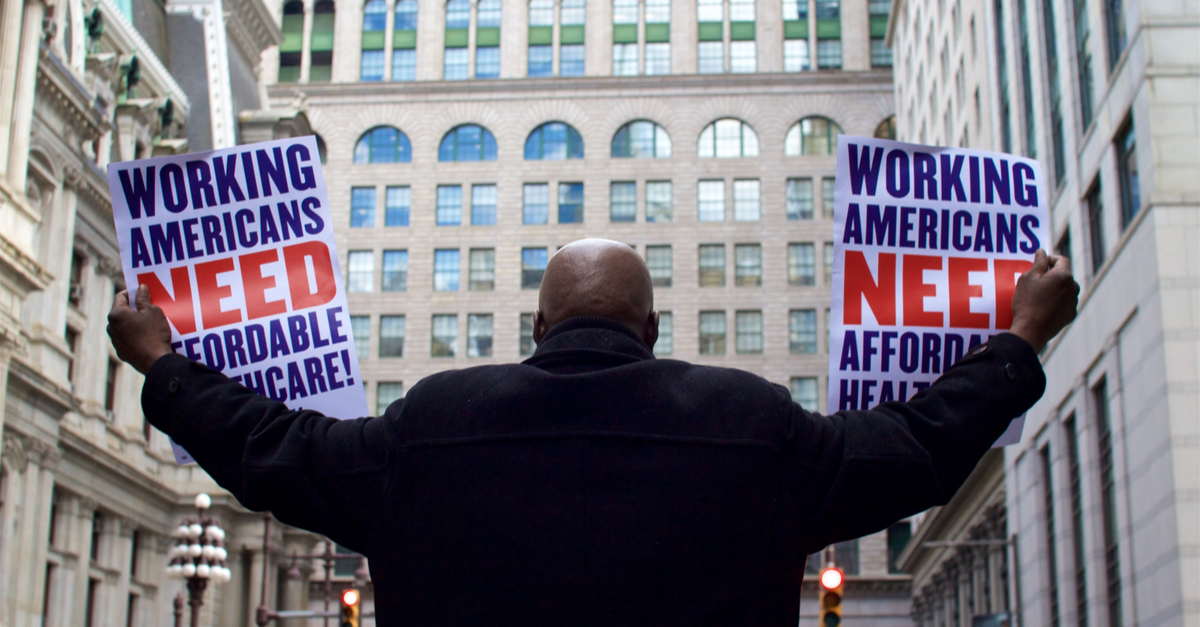There are several comprehensive federal statutes that impact workplace wellness programs. While employers who invest in wellness initiatives almost always do so with the best of intentions, violations of these regulations can be costly.
Today we'll focus on three key federal laws which employers should keep in mind when building out a wellness plan. They are as follows;
1. The Health Insurance Portability and Accountability Act
The Health Insurance Portability and Accountability Act (HIPAA) includes nondiscrimination rules that apply to wellness plans being offered in connection with group health plans. Under HIPAA, workplace wellness programs are divided into two categories: participatory wellness programs and health-contingent wellness programs.
Here are the main differences between these two types of programs;





















